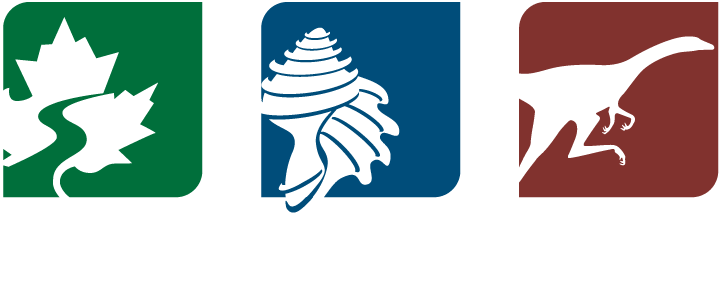Page snapshot: Brief introduction to why teaching about grasses is important.
Topics covered on this page: Why teach about grasses?; Grasses matter; Resources.
Credits: Funded by the National Science Foundation. Any opinions, findings, and conclusions or recommendations expressed in this material are those of the author(s) and do not necessarily reflect the views of the National Science Foundation. Page by Don Haas (2023)
Updates: Page last updated September 1, 2023.
Image above: Cumulus clouds towering over yellow prairie. At Prairie Wind Overlook, Badlands National Park, South Dakota, USA. Wing-Chi Poon, CC BY-SA 2.5, via Wikimedia Commons
Why teach about grasses?
Our ecosystems, our societies, and our very lives depend on grasses in a wide range of ways. If we’re on land, chances are some kind of grass is nearby, and, no matter where we are, grasses have profound influences on our lives and on our environment. Grasses provide a huge array of ecosystem services. Ecosystem services are the benefits that humans receive from nature.

Grasses provide an array of ecosystem services - the benefits that humans receive from nature. These benefits underpin almost every aspect of human well-being, including our food and water, security, health, and economy. United States Environmental Protection Agency - EnviroAtlas (public domain).
Grasslands cover over 40% of the planet’s non-polar land area and 70% of the world’s agricultural area. Grasses feed us and feed the animals many of us eat or otherwise depend upon. They sequester carbon, prevent erosion, and make our picnics pleasant. They provide habitats and food for animals from the smallest insects to massive bisons and apex predators. Grasses play important nutrient cycling roles within ecosystems. They regulate water flow and reduce runoff. Bamboo is one kind of grass that serves as a building material. Many grasses can be used for thatched roofs and grasses are commonly included on green roofs.

The BiomeViewer App allows user to click on a virtual globe and see both the generalized biome for any land region on Earth and to see a climatogram for the regions. Climatograms are graphs showing monthly averages of precipitation and temperature for a region. Image produced with BiomeViewer App from the Howard Hughes Medical Institute.
Grasses matter
Grasses, especially invasive grasses, can also threaten us in various ways. They choke out native species, can increase fire risk, and limit land use in a range of ways.
In a year, the average American eats over a hundred pounds of wheat-derived products, more than 30 pounds of corn, and more than 20 pounds of rice. And, grasses are also used to feed livestock. More corn is used to feed cattle than to directly feed us.
Grasses matter.
Resources
Web resources
The EnviroAtlas from the Environmental Protection Agency is a collection of interactive tools and resources that provides data, research, and analysis on the relationships between nature, people, health and the economy.
US EPA, ORD. “EnviroAtlas.” Collections and Lists, February 10, 2015. https://www.epa.gov/enviroatlas.
Biomviewer is a web-based app. It features a virtual globe showing global biomes. Users can click anywhere on land on Earth and see a description of the biome, along with a climatogram. Climatograms are graphs showing monthly averages of precipitation and temperature for a region.
Howard Hughes Medical Institute. “BiomeViewer.” HHMI BioInteractive, December 20, 2016. https://www.biointeractive.org/classroom-resources/biomeviewer.



